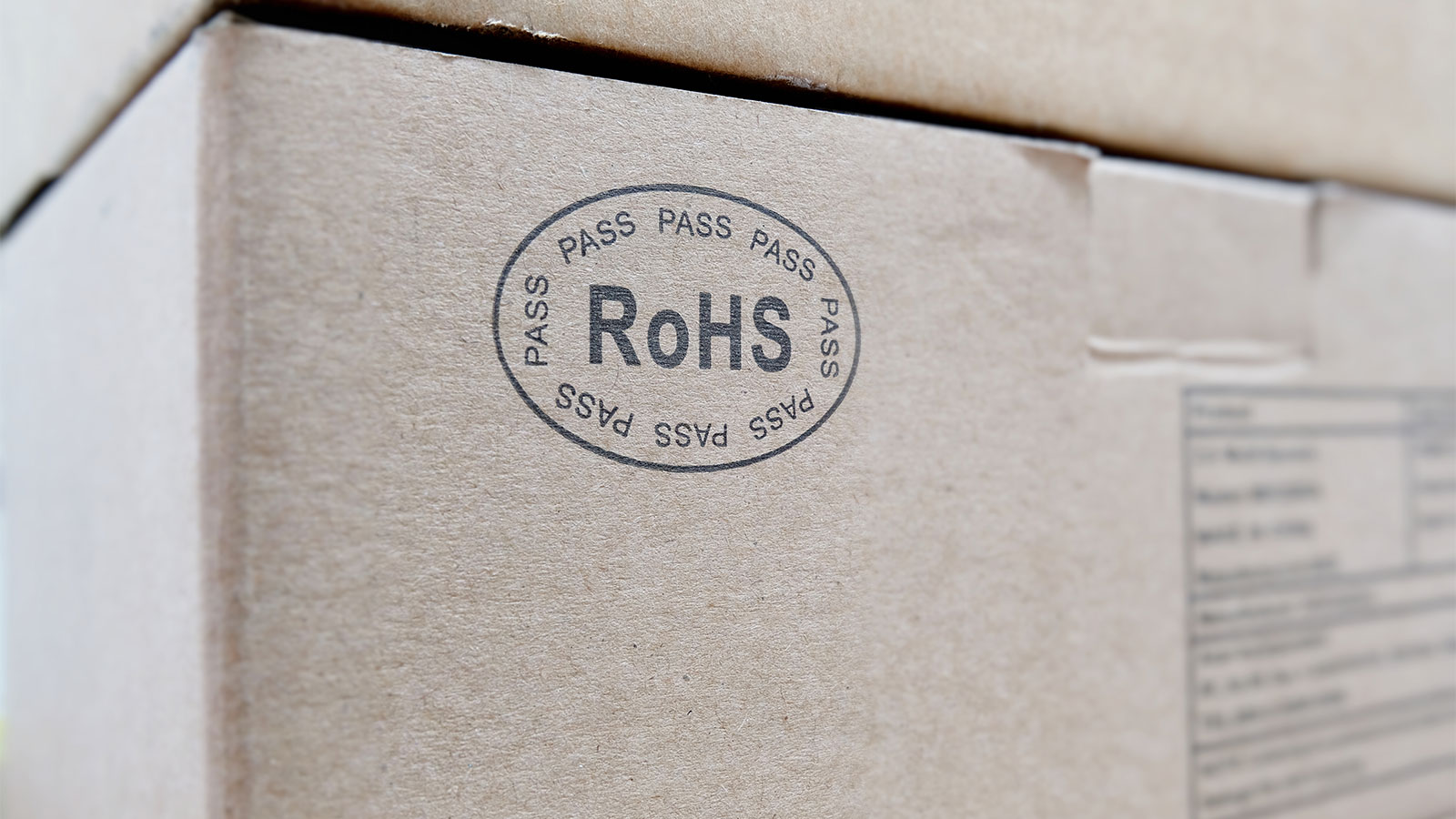
The Restriction of Hazardous Substances (RoHS) Directive is an important piece of legislation aimed at reducing the environmental impact and improving the recyclability of electrical and electronic equipment.
Established by the European Union, it restricts the use of specific hazardous materials found in electrical and electronic products.
When it comes to push-button switches, as with other electronic components, adherence to RoHS guidelines is critical for manufacturers and suppliers looking to market their products in the EU and in many other regions that have adopted similar standards.
Key Points of the RoHS Directive for Push Button Switches:
Restricted Substances: The RoHS Directive limits the use of certain substances, including lead, mercury, cadmium, hexavalent chromium, polybrominated biphenyls (PBB), polybrominated diphenyl ethers (PBDE), and four types of phthalates (DEHP, BBP, DBP, and DIBP). Push button switches, like all other electronic components, must not contain these substances above the allowed concentrations.
Compliance and Marking: Products, including push button switches that comply with the RoHS Directive, are often marked with the “CE” logo, indicating compliance with EU safety, health, and environmental requirements. Some manufacturers also specifically indicate RoHS compliance on their product packaging or documentation.
Impact on Manufacturing: For manufacturers of push-button switches, compliance with the RoHS Directive means ensuring that the materials used in their products, including metals, plastics, and any coatings, do not contain the restricted substances above the permitted levels. This often requires changes in material sourcing, manufacturing processes, and supplier management.
Certification and Documentation: Manufacturers must obtain and keep documentation proving their products’ compliance with the RoHS Directive. This includes detailed records of material composition, supplier declarations, and compliance certificates. Regular audits and testing might be required to maintain compliance.
Global Influence: While the RoHS Directive originates from the European Union, its impact is global. Many countries outside the EU have implemented similar regulations, making RoHS compliance a de facto requirement for electronic components sold worldwide. This has led to widespread changes in the electronic components industry, pushing towards more environmentally friendly manufacturing practices.
Exceptions and Exemptions: The RoHS Directive does include certain exceptions and exemptions for specific applications where alternative materials are not available or where the use of restricted substances is still deemed necessary for technical reasons. However, these exemptions are closely regulated and subject to periodic review.
For manufacturers, suppliers, and users of push-button switches, understanding and adhering to the RoHS Directive is crucial not only for legal compliance but also for participating in a global movement towards more sustainable and environmentally friendly electronic products. Compliance ensures market access, particularly in regions with strict environmental regulations, and demonstrates a commitment to environmental stewardship.


